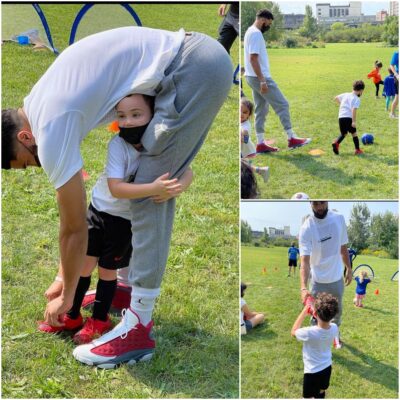The Uran-9 is a robotic armored vehicle that is not intended to replace main battle tanks such as the T-90 or T-14 Armata. Instead, it is designed to be compact to support infantry fire, conduct special operations, and conduct reconnaissance.
Description
The Uran-9 is an armed Unmanned Ground Vehicle (UGV) designed, developed, and manufactured by the Russian defense company 766th UPTK (766th Management Production and Processing Equipment) under the state organization Rostec. The Uran-9 is specially designed to deliver combined combat, reconnaissance, and counter-terrorism units with remote reconnaissance and fire support. The Uran-9 can be used fully autonomously on a predefined road or manually operated by one man from a truck control station or via a small backpack control station.
Combat robotic system Uran-9
The Uran-9 vehicle became known in January 2016, and the Russian MoD (Ministry of Defense) demonstrated a mockup of the system a month later. By early September, the 766th UPTK had finished the manufacturing of the demonstrator, which would take part in the state trials.
The Uran -9 was unveiled for the first time to the public during Army 2016, the International Military Technical Forum that was held near Moscow in September 2016. The Uran-9 could enter into service with the Russian armed forces in 2017 or 2018. According to some Russian military sources, this UGV could be ready for production by the end of 2016.

The Uran-9
Russia’s Armed Forces will have received 22 Uran-9 unmanned combat ground vehicles (UCGV) by the year-end. The Uran-9 UCGV has successfully passed all types of preliminary trials. The demonstrator of the vehicle is ready to participate in the state trials program. According to information released in December 2020, the Uran-9 completed acceptance trials in 2020. Since 2021, the Uran-9 is in service with the Russian armed forces.
Technical Data
Some of the information techniques are described in detail below
Armament
At Army 2016, The Uran-9 was armed with a 30mm Shipunov 2A72 automatic cannon, four ready-to-launch 9M120-1 Ataka (NATO reporting name: Spiral-2) anti-tank guided missiles (ATGM), six ready-to-launch Shmel-M reactive flamethrowers. and a 7.62mm Kalashnikov PKT/PKTM coaxial machine gun mounted to the left side of the main armament.

9M120-1 Ataka

Shmel-M
The Uran-9 can be also armed with four Igla surface-to-air missiles. There are two Ataka missile launchers and three Shmel-M on each side of the turret. The Ataka missile has radio command guidance and is also a Beam riding SACLOS. This missile was designed to defeat tanks with composite armor and explosive reactive armor. It has an operational range from 400 m to 6 km.
The Shmel-M flamethrower is a mechanical incendiary device designed to project a long, controllable stream of fire. It uses an improved rocket offering ballistics and terminal effect with a maximum range of 1,700 m.
Design and protection
The Uran-9 is an unmanned ground vehicle with a weight of 10 tons equipped with an unmanned turret that aims automatically to engage ground and aerial targets to protect strategic facilities and minimize battlefield casualties. The robot is operated by only one man and it can be remotely controlled at a maximum distance of 3,000 m.

Drawing of Uran-9
The Uran-9 is controlled via a command post located in a military truck which is equipped with screens and an operating station to control the movement and armament of the Uran-9. It seems that the hull of the Uran-9 protects the firing of small arms and shell splinters.
Mobility
The Uran-9 is based on a new tracked chassis with 6 road wheels, an idler at the front, and a drive sprocket at the rear.

The Uran-9
The upper part of the suspension is protected by armor plates. The Uran-9 is powered by a multi-fuel diesel engine. It can run at a maximum road speed of 35 km/h, a maximum cross-country speed of 25 km/h, a maximum out-road speed of 10 km/h, and average specific ground pressure of 0.6 kg/sq.
Accessories
The Uran-9 is fitted with a laser warning system and target detection, identification, and tracking equipment mounted on the top of the turret. The vehicle is also fitted with day and night vision, able to detect targets at a maximum distance of 6 km during the day and 3 km during the night.

The Uran-9
Command and control vehicles
An Uran-9 unit configuration consists of four Uran-9 UCGVs (Unmanned Combat Ground Vehicles), one KAMAZ control station truck to operate the UCGVs, and two truck carriers.

The Uran-9
More from us: Masterpiece Military











